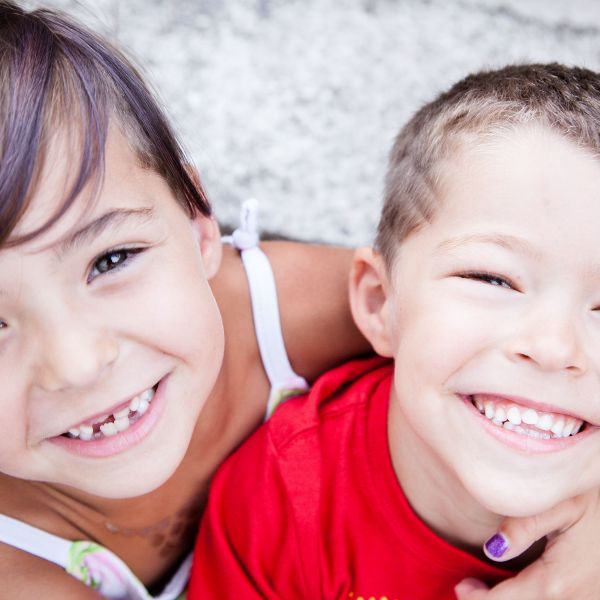What is childhood bruxism?

Children have bruxism when they grind or clench their teeth, either during the day or at night during sleep. It usually occurs in children anywhere from 4 to 10 years old, coinciding with the time period in which kids lose their baby teeth and their permanent teeth come in. Studies have shown that 80% of children suffer bruxism at some point in their childhood.
In our post today we are going to share everything you need to know about bruxism in children: what types of bruxism are possible, the main causes, and how it can be treated.
Keep reading!
Types of bruxism in children
- Centric bruxism: When the child clenches his/her teeth.
- Eccentric bruxism: Also known as teeth grinding, this type of bruxism is caused when the child grinds his/her teeth together.
The most common condition is one that occurs at night, while the child sleeps and unconsciously clenches his/her teeth. This occurs in the initial stage of the sleep cycle and ends when the child falls into deep sleep.
Childhood bruxism is not considered a disorder like it is in adults, since the condition tends to go away when the child reaches adolescence. So parents shouldn’t be alarmed if they notice their child grinding or clenching his/her teeth. However, if the problem persists in the long term it could cause issues like jaw pain and inflammation, headache and earaches and teeth wear and tear, and in these cases we recommend that parents seek professional treatment.
Causes of bruxism in children
As mentioned, bruxism in children is common and parents shouldn’t be too worried or alarmed. The exact causes are still unknown, but several studies conducted in recent years have identified three possible causes:
- Stage of teeth eruption and muscle and bone development.
- Emotional or psychological causes: teeth-clenching and grinding can be a way for children to release stress and anxiety related to things like a move, a new baby sibling, the parents’ divorce, problems at school, etc.
- Physical causes: misaligned teeth or jaw is a likely cause of bruxism.
How to prevent and treat bruxism in children
To help prevent children from grinding or clenching their teeth, our dental clinic in Barcelona recommends:
- Creating a calm and relaxing environment before and at bedtime. One way to do this is by giving your child a bath, reading a story or talking quietly before going to sleep.
- If your child is angry or nervous before bedtime, we recommend taking the time to calm him/her down, since going to bed in this condition will only exacerbate the bruxism.
- Don’t let your child use electronic screens (television, tablets, mobile phones and video games) for a least an hour before bedtime.
- Avoid “parafunctional behaviors”, that is, keep your child from biting things like pencils or his/her nails.
If your child continues to show signs of bruxism, despite your best attempts, don’thesitate to make an appointment with us so that our specialists in pediatric dentistry can create a personalized treatment plan for your child.
If trying to correct behaviors that lead to bruxism fail to solve the issue, the most common solution for both kids and adult is the use of a night guard.
A night guard usually fits the upper arch of teeth and prevents the arches from coming into contact, for a better distribution of forcethat helps to relax the muscle used to clench and grind teeth.



